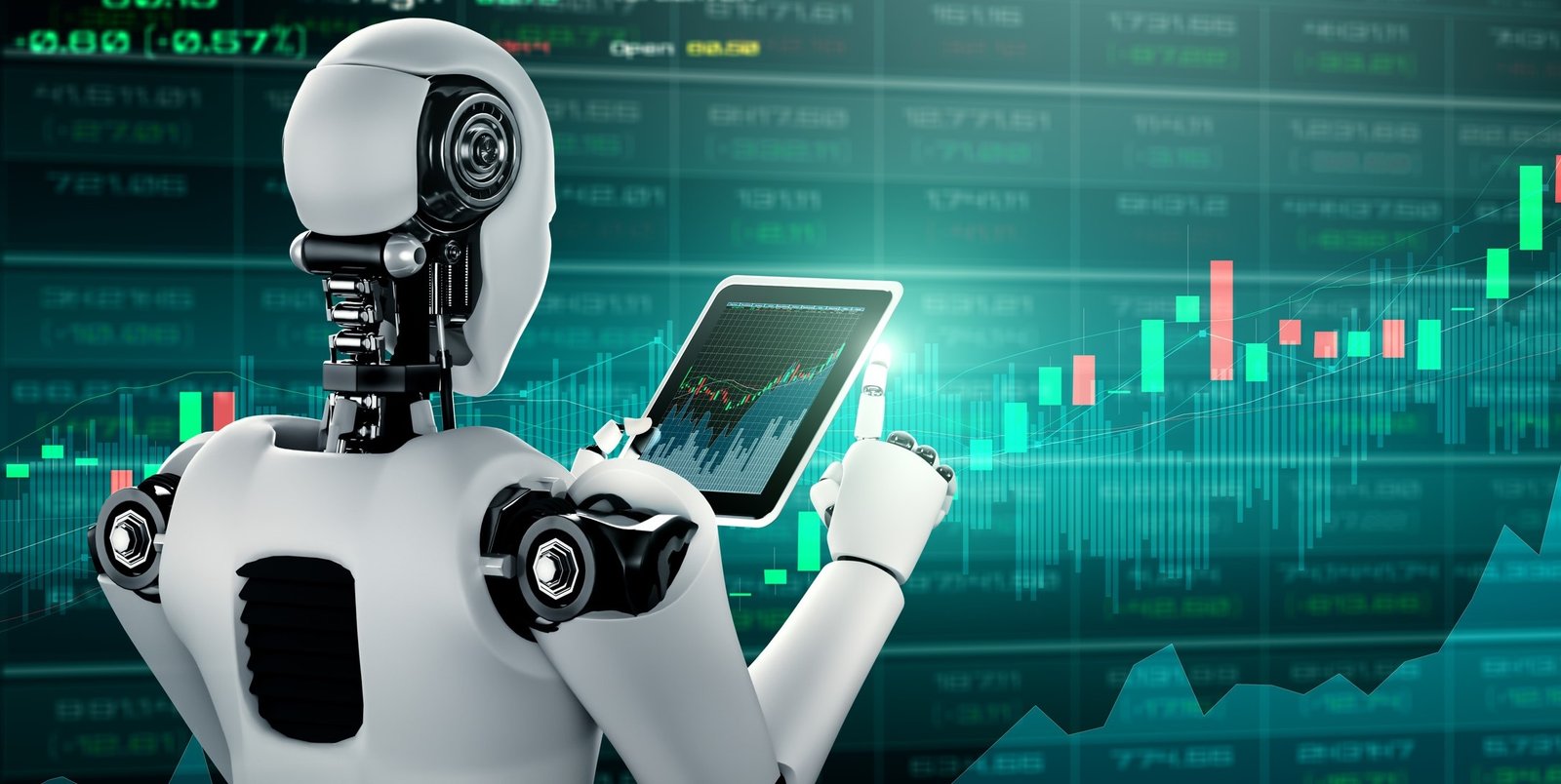Physical Address
304 North Cardinal St.
Dorchester Center, MA 02124
Physical Address
304 North Cardinal St.
Dorchester Center, MA 02124

Building a free AI-powered crypto trading bot was a challenging yet rewarding experience. With the rise of cryptocurrency trading, automated trading solutions have gained popularity. My goal was to create a bot that could analyze market trends, make predictions, and execute trades automatically—all without spending a fortune. This blog details how I built it from scratch, covering the tools, strategies, and AI model used.
Crypto trading bots are programs designed to automate buying and selling based on predefined rules. These bots analyze market data, apply technical indicators, and execute trades faster than any human trader. AI-powered bots take this a step further by learning from historical data and adapting strategies dynamically.
To build my AI-powered trading bot, I leveraged various free and open-source tools:
To train an AI model, historical market data is essential. I used CCXT to fetch OHLCV (Open, High, Low, Close, Volume) data from Binance. The script below retrieves and stores this data:
import ccxt
import pandas as pd
exchange = ccxt.binance()
data = exchange.fetch_ohlcv('BTC/USDT', timeframe='1h', limit=1000)
df = pd.DataFrame(data, columns=['timestamp', 'open', 'high', 'low', 'close', 'volume'])
df['timestamp'] = pd.to_datetime(df['timestamp'], unit='ms')
df.to_csv('crypto_data.csv', index=False)This dataset serves as the foundation for training the AI model.
Feature engineering helps the AI model understand patterns in the data. I added key indicators like:
import talib
df['SMA_50'] = talib.SMA(df['close'], timeperiod=50)
df['RSI'] = talib.RSI(df['close'], timeperiod=14)
df['Upper_Band'], df['Middle_Band'], df['Lower_Band'] = talib.BBANDS(df['close'], timeperiod=20)These indicators were used as input features for the AI model.
Using a supervised learning approach, I trained a neural network to predict the next price movement. The model was built using TensorFlow:
import tensorflow as tf
from tensorflow import keras
from sklearn.model_selection import train_test_split
X = df[['SMA_50', 'RSI', 'Upper_Band', 'Lower_Band']].fillna(0)
y = (df['close'].shift(-1) > df['close']).astype(int)
X_train, X_test, y_train, y_test = train_test_split(X, y, test_size=0.2)
model = keras.Sequential([
keras.layers.Dense(64, activation='relu', input_shape=(X_train.shape[1],)),
keras.layers.Dense(64, activation='relu'),
keras.layers.Dense(1, activation='sigmoid')
])
model.compile(optimizer='adam', loss='binary_crossentropy', metrics=['accuracy'])
model.fit(X_train, y_train, epochs=10, batch_size=32, validation_data=(X_test, y_test))The model predicts whether the price will go up (1) or down (0).
After training the AI model, I developed a simple trading strategy:
Here’s how I automated the trades:
balance = 1000 # Initial balance in USDT
position = 0
for i in range(len(df) - 1):
prediction = model.predict(X.iloc[i:i+1])[0][0]
if prediction > 0.6 and position == 0: # Buy condition
position = balance / df['close'][i]
balance = 0
print(f"Bought at {df['close'][i]}")
elif prediction < 0.4 and position > 0: # Sell condition
balance = position * df['close'][i]
position = 0
print(f"Sold at {df['close'][i]}")This strategy allows the bot to trade autonomously based on AI predictions.
To keep the bot running 24/7, I deployed it on a free cloud server using Google Colab and scheduled execution with cron.
crontab -e
0 * * * * python3 /path/to/trading_bot.py # Runs every hourThis ensures the bot stays active and executes trades in real time.
Building a free AI-powered crypto trading bot was an exciting journey. By leveraging Python, machine learning, and real-time data processing, I automated crypto trading successfully. While there are risks, continuous improvements can make AI trading bots more reliable. If you’re interested in developing your own, start small, experiment, and refine your strategies over time. Happy trading!